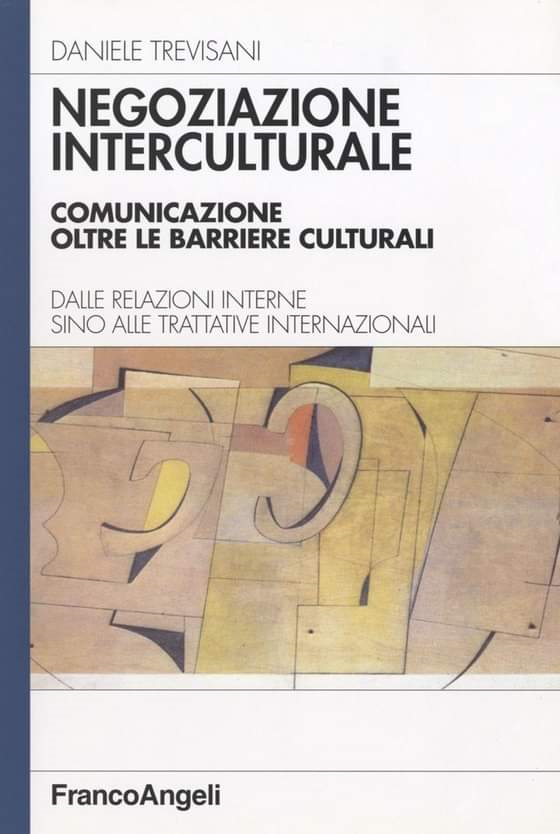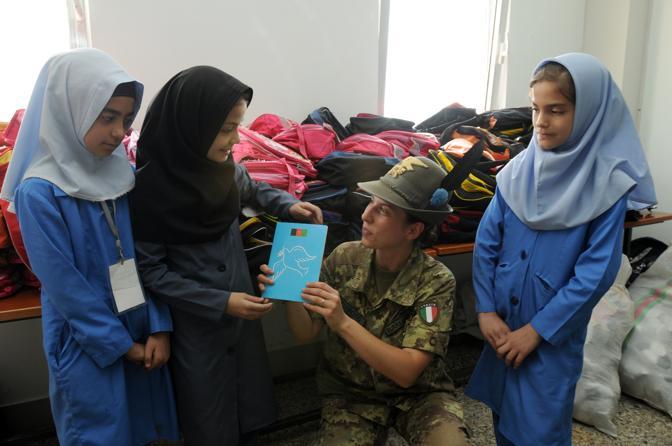© Article translated from the book “Negoziazione interculturale, comunicazione oltre le barriere culturali” (Intercultural Negotiation: Communication Beyond Cultural Barriers) copyright Dr. Daniele Trevisani Intercultural Negotiation Training and Coaching, published with the author’s permission. The Book’s rights are on sale and are available for any Publisher wishing to consider it for publication in English and other languages except for Italian and Arab whose rights are already sold and published. If you are interested in publishing the book in English, or any other language, or seek Intercultural Negotiation Training, Coaching, Mentoring and Consulting, please feel free to contact the author from the webstite www.danieletrevisani.com
__________
In the next lines we are going to observe how complex the dialogue between companies may be and how it is possible to avoid conflicts and to reach success during a negotiation by paying attention to our own conversational moves and to those used by the interlocutor.
The dialogue between companies is full of communication difficulties that arise daily. We can look at them from a concrete perspective by observing the following case of micro-dialogue between C – a consultant – and I – an entrepreneur – who are at I’s company one morning at the request of I:
C1: So, you were telling me that you would like to train your sales network team?
I1: Yes, I would like to do some training.
C2: Which problems would you like to solve? What are the main issues, that sellers are facing now?
I2: Well, you know, they are well trained people … with experience … highly qualified people…
C3: Um, well, have you already decided on the time frame in which you would like to do the training?
I3: Well, I think it could be done in a couple of days, right? Or we can use some afternoons. How many hours do you think it would take?
C4: Well, perhaps we should try to understand first what kind of approach we should use for this training. Are you more interested in a customized training on human resources, made only for you, or do you prefer having your sales team participate in a general course, in which your employees are mixed with other participants?
I4: Well, what’s the difference?
C5: Well, the customized training is certainly different.
I5: How many sales courses have you given to companies in our sector?
C6: Look, we’ve done lots of courses, but I don’t think it matters in which sector, because a sales training is a communication training and the topics that we are going to cover are related to communication psychology. Focusing on the type of product that is being sold isn’t really that significant.
I6: But, you know, I don’t want a very theoretical course. I need something applied to my field, do you have a list of your references?
Each passage of this conversation can be analysed as a set of conversational moves. Each move brings an enormous amount of meanings and signification systems.
In this conversation, C focuses on analysing the client’s needs, while I implements a conversational misdirection that shifts the focus to C’s curriculum, and distracts him from I’s training needs. C therefore tries to bring the dialogue back to the approach that must be given to the course, while I – in move I6 – continues in its manoeuvres to shift the conversation from the training needs of its sales network team to the analysis of the consultant’s CV.
Going on with the dialogue, the underlying cultural divergences will emerge with greater force, until reaching one of the possible conclusions: an open conflict of cultures, a stalemate, or an agreement.
However, without “dismantling” the communication (in this case by recognizing the cultural and strategic value of each move) the outcome will be a probable failure.
Intercultural negotiation therefore requires great attention to conversational moves, rather than to great negotiation strategies that can fail if badly applied. The negotiation between companies can be considered the real theatre of communication, which is the negotiation conversation.
Once again, we want to highlight how the negotiation success, or rather the probability of success, can only be increased by an adequate preparation on intercultural communication, which includes both the analysis of the mechanisms of effective communication, and its cross-cultural adaptation.
Every rule must be adapted to the context in which it is applied (space, time, place, situation, etc.) and from which it arose. Cultural changes today are so rapid that the new real skill do not come from last-minute behavioural rules, but from a wider competence of the whole communication process and from the ability to adapt our own resources case by case.

© Article translated from the book “Negoziazione interculturale, comunicazione oltre le barriere culturali” (Intercultural Negotiation: Communication Beyond Cultural Barriers) copyright Dr. Daniele Trevisani Intercultural Negotiation Training and Coaching, published with the author’s permission. The Book’s rights are on sale and are available for any Publisher wishing to consider it for publication in English and other languages except for Italian and Arab whose rights are already sold and published. If you are interested in publishing the book in English, or any other language, or seek Intercultural Negotiation Training, Coaching, Mentoring and Consulting, please feel free to contact the author from the webstite www.danieletrevisani.com
__________
For further information see:
- Studio Trevisani Academy’s Webstite For Business Training, Coaching and Mentoring, in Italian
- Dr. Daniele Trevisani’s Website in Italian
- Dr. Daniele Trevisani’s Website in English
- Comunicazioneaziendale.it – Italian website on Business Communication
- Medialab Research Cultural Association for Communication Research
- Dr. Daniele Trevisani Linkedin Profile in English
- Facebook Channel
- YouTube Channel















